A MICRO ODYSSEY — MARCO CASTELLI
by Michele Amaglio
20.09.2016
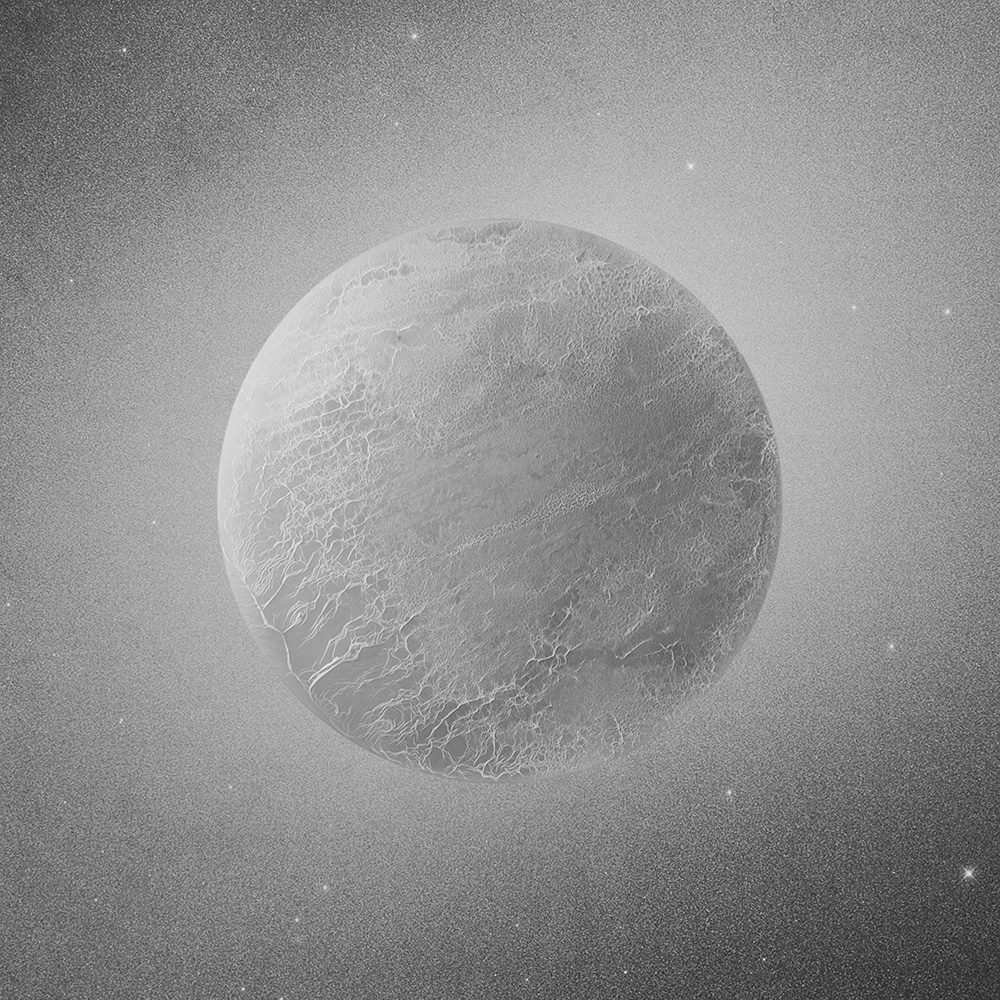
Space has been observed by men with great fascination since the beginning of history; this observation still reverberates today both in scientific and artistic fields. With the birth of photography and its application in scientific fields the public has been approached for the first time to the realm of the imperceptible.
The unknown and the imperceptible always generated a great curiosity in mankind, put in play by the desire to rationalise that which cannot be understood or perceived. To understand the cosmo would mean to understand something that goes beyond our existence and perhaps beyond our origins. Space has been observed by men with great fascination since the beginning of history; this observation still reverberates today both in scientific and artistic fields. With the birth of photography and its application in scientific fields the public has been approached for the first time to the realm of the imperceptible, from the tiniest microorganism to remote galaxies. Since the second half of the 1800’s photographers such as Auguste Adolphe Bertsch, whom in 1857 managed to photograph and magnify a lice of honey bee, and Andrew Ainslie Common, who photographed the Nebula of Orion in 1883, exploited the characteristics of the media to explore and enlarge that which the naked eye could not perceive.
The unknown and the imperceptible always generated a great curiosity in mankind, put in play by the desire to rationalise that which cannot be understood or perceived. To understand the cosmo would mean to understand something that goes beyond our existence and perhaps beyond our origins. Space has been observed by men with great fascination since the beginning of history; this observation still reverberates today both in scientific and artistic fields. With the birth of photography and its application in scientific fields the public has been approached for the first time to the realm of the imperceptible, from the tiniest microorganism to remote galaxies. Since the second half of the 1800’s photographers such as Auguste Adolphe Bertsch, whom in 1857 managed to photograph and magnify a lice of honey bee, and Andrew Ainslie Common, who photographed the Nebula of Orion in 1883, exploited the characteristics of the media to explore and enlarge that which the naked eye could not perceive.
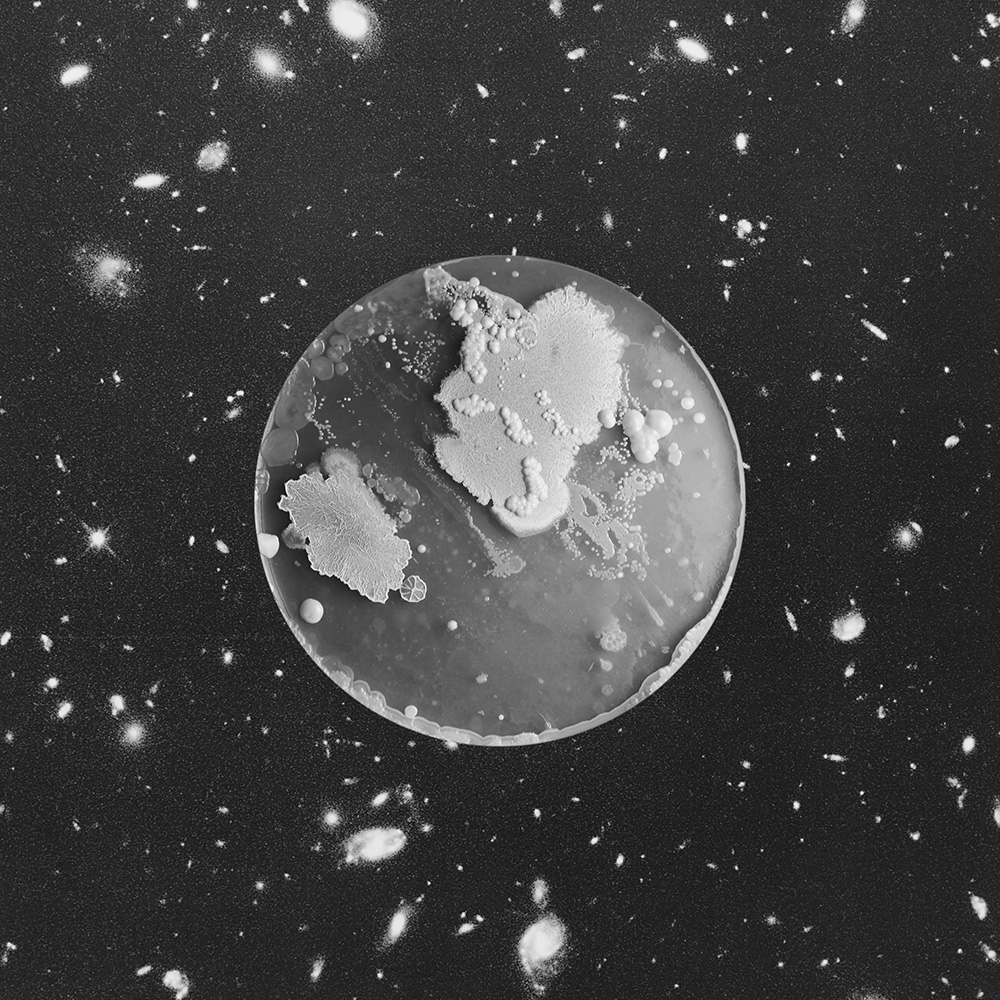
Today, an element of irrationality in the understanding of universal phenomena still persists despite the numerous scientific discoveries made through centuries. This fascination towards the irrational also touches the photographic media, which always tried to wiggle its way out of its objective, indexical characteristics. On the contrary, a photograph can be ambiguous and mislead the viewer towards new forms of perception. Through a metaphysical research where what is represented in the photographic image does not correspond with what has been photographed, the medium reaches out to touch the strings of the abstract. The spectator is led towards images which take him back to the ambiguous, the possible and the imperceptible. Approaching the realm of the unreal, many artists have questioned how we could challenge our perception of reality through the media of photography.
The link between the unreal and the photographic finds roots at the beginning of the 20th century with the experimentations conducted by the great masters of surrealism. The search for the irrational, central to the surrealist research, also pierced through the use of the photographic media. In 1929 Man Ray affirms that “photography is not limited to the role of copyist. It is a marvellous explorer of the aspects that our retina never records.” Hence, photography must emancipate itself from being a copy of reality, reaching towards becoming a sensorial experience which goes beyond that which the human eye can comprehend. These early realizations liberated photography and contributed towards making it the subjective, creative media that it is today.
When irrational, creative approaches meet scientific, empirical research, we witness a new collaboration which leads us to question our perception of reality. With his project A Micro Odyssey, Marco Castelli brings together these two elements giving birth to new planets and celestial bodies starting from bacterial cultures. Taking as a starting point the most common bacterias it is possible to have an illusion of reach for outer space. A sudden transition from the micro to the macro which carries along with itself the most ancient human desire; the conquest and comprehension of the unattainable. Every image is titled after the object or element where the bacterias have been taken from, such as bus handrail, keys or pizza. The bacterias taken in “Billiard Pool” create forms very similar to those of a Earth-like planet in which particular agglomerate resemblances can be mistaken for continents, oceans and atmospheric phenomena. Other images are more simple but at the same time very successful, such as “Grass” by simulating mainly rocky corps in which the texture is way more consistent. The whole thing is then enhanced by the use of background images representing galaxies which create a more intense celestial imagery.
Castelli’s photographs trick the audience, which finds itself fascinated by the simple beauty of these unfamiliar shapes, is lead to a new dimension of far away universes. The sofa of a pub, the handrail of a bus or the hand of a stranger become the starting point of a voyage which puts in close contact bacterias and spatial shapes. As a tribute to Stanley Kubrick’s masterpiece “A Space Odyssey”, Castelli’s research unifies the human desire for knowledge with the fascination of the unknown. Castelli’s imaginary incites us, once again, to fantasize on not so far celestial bodies.
The link between the unreal and the photographic finds roots at the beginning of the 20th century with the experimentations conducted by the great masters of surrealism. The search for the irrational, central to the surrealist research, also pierced through the use of the photographic media. In 1929 Man Ray affirms that “photography is not limited to the role of copyist. It is a marvellous explorer of the aspects that our retina never records.” Hence, photography must emancipate itself from being a copy of reality, reaching towards becoming a sensorial experience which goes beyond that which the human eye can comprehend. These early realizations liberated photography and contributed towards making it the subjective, creative media that it is today.
When irrational, creative approaches meet scientific, empirical research, we witness a new collaboration which leads us to question our perception of reality. With his project A Micro Odyssey, Marco Castelli brings together these two elements giving birth to new planets and celestial bodies starting from bacterial cultures. Taking as a starting point the most common bacterias it is possible to have an illusion of reach for outer space. A sudden transition from the micro to the macro which carries along with itself the most ancient human desire; the conquest and comprehension of the unattainable. Every image is titled after the object or element where the bacterias have been taken from, such as bus handrail, keys or pizza. The bacterias taken in “Billiard Pool” create forms very similar to those of a Earth-like planet in which particular agglomerate resemblances can be mistaken for continents, oceans and atmospheric phenomena. Other images are more simple but at the same time very successful, such as “Grass” by simulating mainly rocky corps in which the texture is way more consistent. The whole thing is then enhanced by the use of background images representing galaxies which create a more intense celestial imagery.
Castelli’s photographs trick the audience, which finds itself fascinated by the simple beauty of these unfamiliar shapes, is lead to a new dimension of far away universes. The sofa of a pub, the handrail of a bus or the hand of a stranger become the starting point of a voyage which puts in close contact bacterias and spatial shapes. As a tribute to Stanley Kubrick’s masterpiece “A Space Odyssey”, Castelli’s research unifies the human desire for knowledge with the fascination of the unknown. Castelli’s imaginary incites us, once again, to fantasize on not so far celestial bodies.
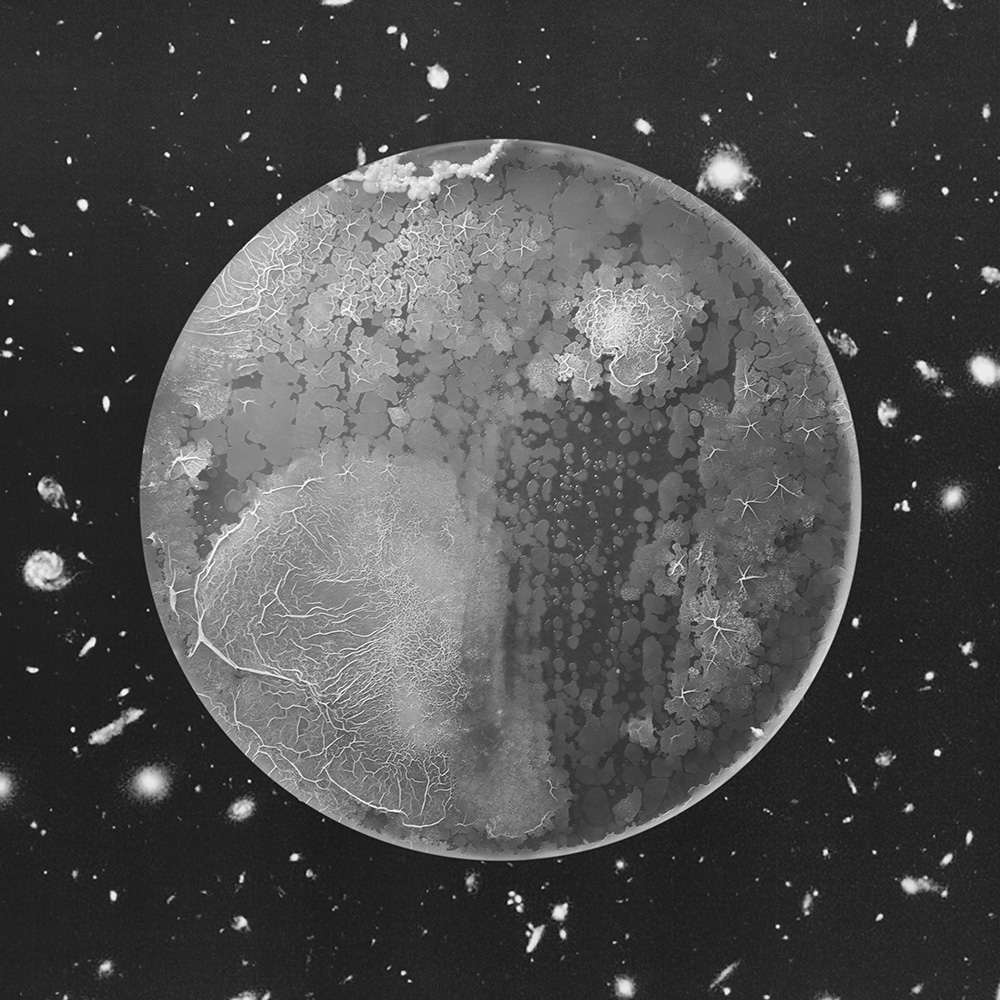
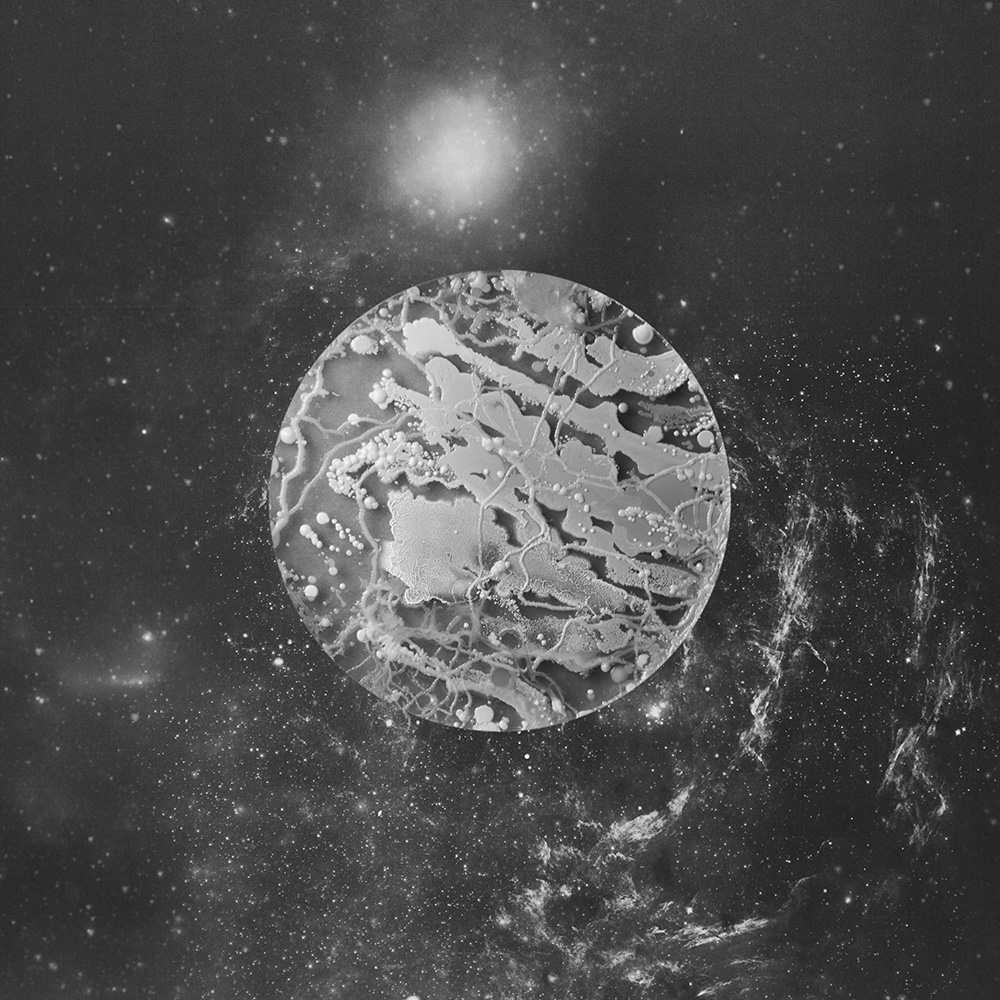
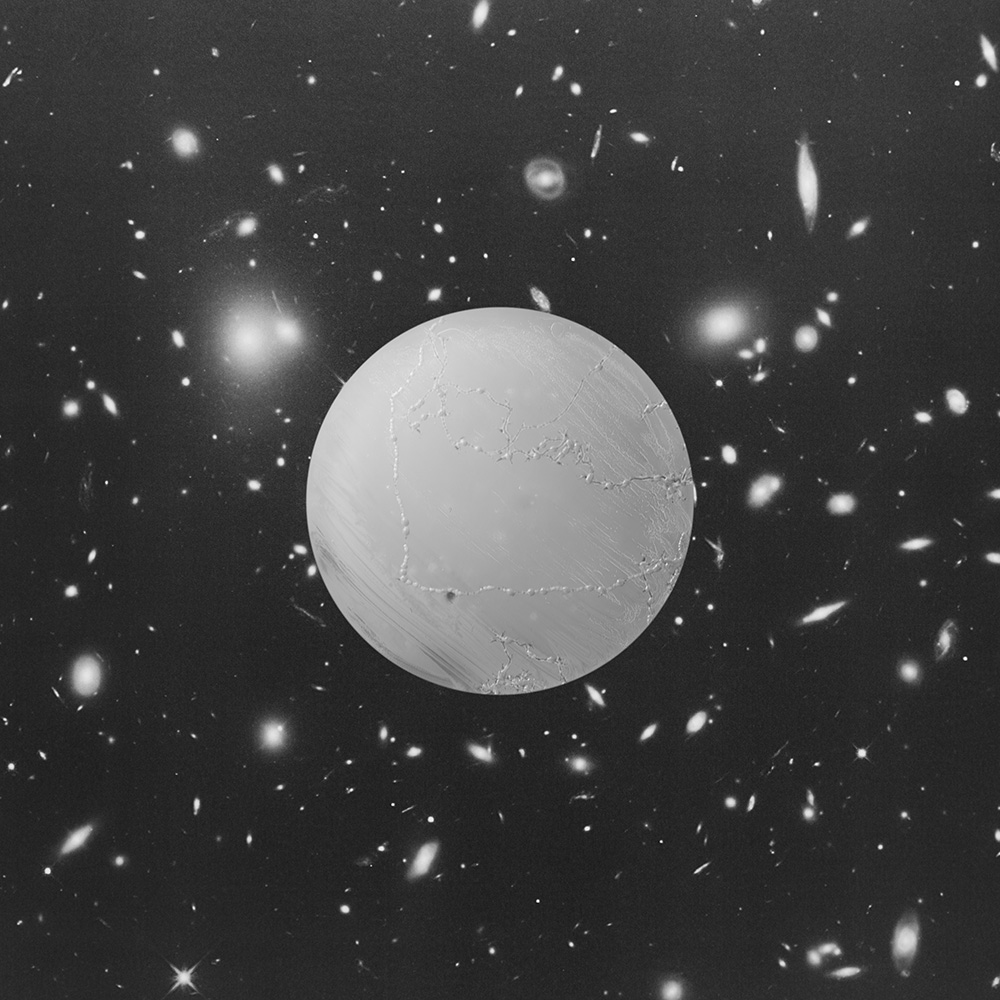
info@ardesiaprojects.com